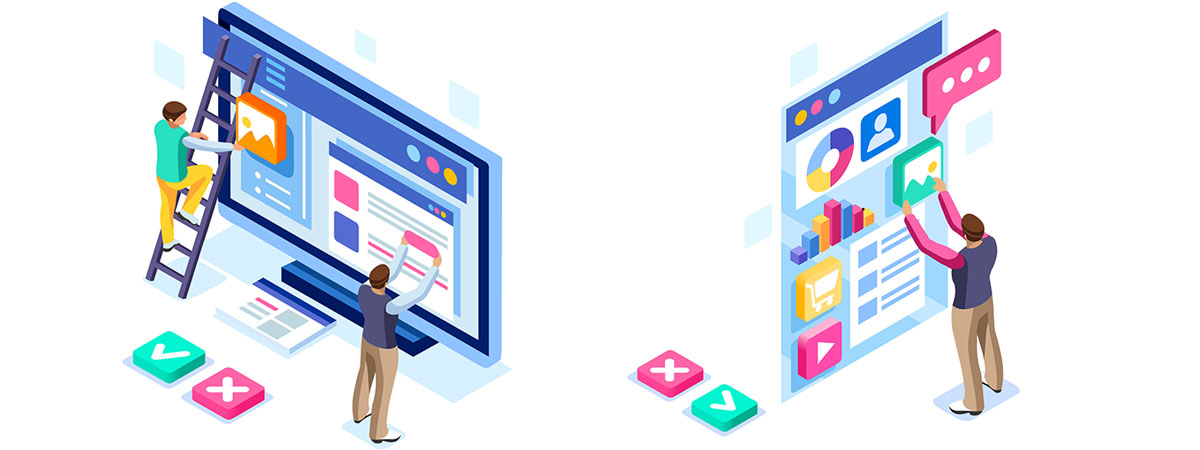Measuring SaaS Design Debt
Ever demo your SaaS platform and suddenly realize your interface is giving off vintage 2012 vibes? Maybe your support team gets flooded with, “Where’s that feature?” tickets, while you’re left wondering “who “moved their cheese.” Hello, SaaS design debt, where the tech is slick, but the experience is…er…less slick. Many SaaS leaders worry about technical debt, but design debt? That’s a silent killer of growth. The best part is that you can actually measure it…if you look in the right places and speak in language your stakeholders can understand.
Why SaaS Design Debt Gets Out of Control
Design debt sneaks up on you, especially in fast-moving SaaS companies. Why?
Complex requirements and constant updates
When you’re shipping features faster than you can update your style guide, things get messy. Add analytics here, integrate a partner tool there. Soon your UI is a patchwork quilt stitched by three different designers and that one engineer who “just needed it to work.”
Comprehensive redesigns
Ever tried to do a giant product overhaul but then ran out of time, budget, or will to live? Now half your product is sleek and modern, and the other half is more “throwback Thursday.” Users get whiplash moving between pages, and support tickets spike simply because everything looks and works differently throughout the app.
Diverse user needs, but no design alignment
When you build features for different personas without a unified design approach, everyone loses. Suddenly, your admin dashboard feels like it belongs to a different product than your user-facing pages. Congrats, now you’ve got design debt and confused customers.
What Makes Measuring Design Debt Tricky?
No clear metrics
Design often gets stuck as the “it feels right!” department. Good luck proving to the CFO that updating those legacy modals will boost revenue.
Your product’s complexity
The more features, user types, and workflows you cram in, the harder it gets to keep design consistent or even know where users are struggling.
Under-staffed design teams
Your designers juggle analytics, UX research, and actual designing. Plus, there’s never a good time to pause and pay off design debt.
Business buy-in blues
Leadership only sees the design impact when it tanks NPS. They can’t connect the dots to revenue unless you step up with data.
Set Your Framework for SaaS Design Debt Metrics
How do you make design debt a business conversation?
Business Impact Metrics
Numbers that tie messy interfaces and inconsistent experiences to real business stuff. Think revenue loss, churn, or conversion rates taking a nosedive.
User Experience Indicators
The canaries in the coalmine. Watch for increased user drop-off, extra support tickets on “new” features, or extra steps to complete basic tasks in workflows.
Design System Health
Is your product one clean design system, or does it look like five teams designed it with zero meetings? Track if components are reused or if every team reinvents the wheel (buttons don’t need seven styles).
Make SaaS Analytics Work for You
Spoiler Alert: You don’t need shiny new tools; you need to make the stack you have better. Mixpanel, Amplitude, Google Analytics all show you how users struggle when design gets messy. Track onboarding completion, support tickets by feature, A/B test redesigns. Plug those results into dashboards decision-makers can read.
5 Fast Steps to Measure (and Fix) Design Debt
- Audit what’s working (or not). Track completion rates, onboarding time, feature adoption. Heatmaps and session recordings help find the “where are they lost?” moments.
- Pick the KPIs that matter. Does a bad form knock down your conversion rates? Are broken flows causing lower lifetime value? Find out and lasso those metrics to show business impact.
- Dashboard it. Give execs a view of design debt’s impact on revenue and churn. Set up alerts for when things get gnarly.
- Log and prioritize. Create a system to capture inconsistent designs and broken workflows. Prioritize what to fix based on user and business pain, not what’s easiest.
- Keep the line moving. Review design debt regularly with your roadmap. Keep stakeholders in the loop with clear business-facing reports.
Best Practices from SaaS Survivors
Don’t try to fix everything at once. Pick three KPIs and get buy-in. Make design everyone’s job (not just design’s). Tailor what you measure based on your SaaS type: workflow completion for B2B, engagement for B2C, admin ease for enterprise. And for the love of SaaS, don’t chase pretty pixels. Focus on metrics that move the bottom line.
Design Debt Is a Technical Problem and a Growth Opportunity
Measuring SaaS design debt isn’t a fancy exercise. It’s a secret weapon for smarter growth. By connecting inconsistent interfaces, frequent redesigns, and feature chaos directly to KPIs, you finally speak a language stakeholders respect. Start small, get your whole team onboard, and turn design debt insights into business wins. Slick tech and slick experience? Now you can have both.


Leave A Comment